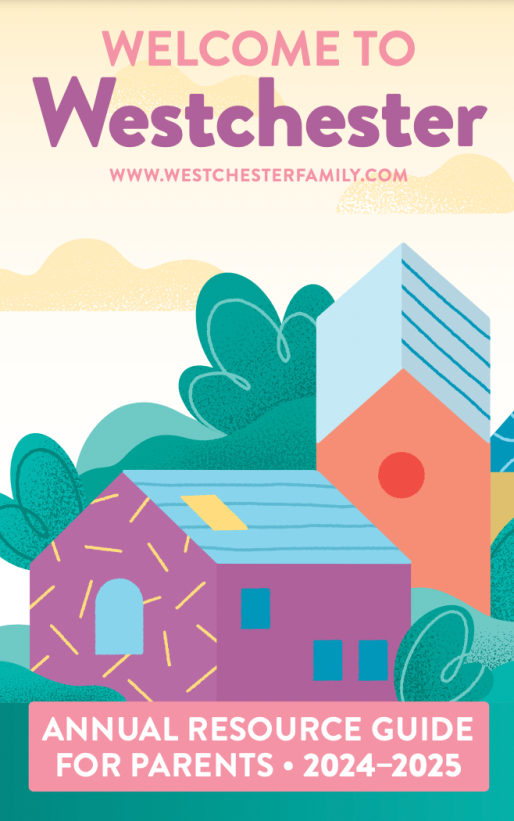I call it spontaneous weeping. I’m referring to the many times throughout my daughter’s treatment for Hodgkin’s Lymphoma when I unexpectedly teared up or full on cried in inappropriate places like shops, supermarkets, exercise classes, meetings. I’m certain that any worried parent suffering on behalf of their child recognizes this phenomenon. The experience of supporting my daughter through her cancer treatment taught me that my fear and sadness were now always ready to burst out to anyone.
I can’t pretend to know what it is truly like to experience cancer in my own body, and I don’t know exactly what it is like to be a parent of a very young child with cancer. But I can speak to what it is like supporting a 16-year-old daughter with cancer. The challenges go beyond the physical invasion of the cancer and chemotherapy. Teens are self-aware and self-conscious. They are already dealing with dramatic issues relating to friendships, school, appearance and relationships. Throw cancer and fear for survival into the mix, along with hair loss, missing school, friends and even social drama, and it becomes very difficult for your child to stay positive and feel relevant.
Doctors, therapists and other parents in similar situations had consistent advice. Stay positive and be strong. To stay the course, I realized I needed to know who to talk to for all the necessary support encompassing emotional, social and academic needs.
Unlike a medical protocol, the emotional side of illness is left open to the patient and caregiver to figure out. I share some of our story here in the hope that it might help another parent navigate some of the non-medical side effects particularly for teenagers.
Let’s Talk About Fear
Nothing is going to take away the fear, but finding ways to alleviate it or even escape it for a little while is so important.
To manage fear, first you must trust your medical team. Trust that they will tell you what you need to know and what to expect. Don’t be afraid to ask a million questions. Take notes, because you won’t remember anything they tell you. Demand attention when you think something isn’t right.
Talking to a therapist is critical for both you and your child; it’s a safe outlet to express sadness and fear. A therapist experienced in working with patients facing life-threatening illness is especially helpful.
Our oncologist told us not to use Google as a medical reference. It’s a sinkhole, and you likely aren’t even looking at the proper diagnosis or prognosis. However, the Internet is a great resource for finding communities that share your experience. I found peer counselors, chat rooms and general information from these helpful sources:
• Leukemia and Lymphoma Society, lls.org. The Westchester Chapter provides a wide range of information and support for patients and caregivers, including peer-to-peer counseling, groups and online chats with young adults living with leukemia, lymphoma or myeloma.
• Soul Ryeders, soulr
• Stupid Cancer, stupi
Let’s Talk About Hair
No other way to say it, hair loss is emotionally devastating. Understanding how quickly it happens and having the tools to manage it can help with the shock and sadness. First, it’s critical to know that hair begins releasing after the second chemo treatment. Knowing this, you can cut it off before you begin treatments because the releasing process is very upsetting and uncomfortable. Then, consider using the hair you’ve cut off to make a wig.
Because managing the literal and emotional fallout of hair loss is such a huge part of the chemo process, these resources might help navigate this phase efficiently, instead of frantically:
• Beauty Bar and Hair Salon, Port Chester, beaut
• LaSpina Renewed Image Salon, laspi
• Bitz-n-Pieces, bitza
• Hats, Scarves and More, hatss
• Hip Hats, hatsw
• The Wig Exchange, thewi
Keep Up With School
The school principal, guidance counselor and teachers were critical to setting up a home schooling program that ensured my daughter didn’t get left behind academically. There is no absolute solution for this, every case is different, but regardless, your child is entitled to a home tutor for every course. A doctor’s note to the guidance counselor launches the process. Our school worked with us to ensure that my daughter fulfilled her credits, took exams and kept up with classmates in a way that worked with her chemo and recovery periods. When she was busy and engaged, I felt better too.
Keep Active
Being active during cancer treatment is really important for body and mind. As much as physically possible, look for outlets for yourself and for your child to just feel normal. For my daughter that included going to play rehearsal, seeing movies, seeing friends. For me, exercise helped, literally sweating it out.
• Beyond Yoga: A Home for Wellness, Rye, beyon
Don’t Isolate Yourself, Talk
Thankfully I can write this knowing that my daughter is in remission. But being in remission doesn’t mean you are “over” the cancer. Keep talking to friends, therapists or support groups. It’s important for you and your child to acknowledge and honor that this thing has happened and you are changed no matter what.
The single best thing I did was to talk one-on-one to other moms of teenagers who had the same cancer. Their kids texted my daughter with words of encouragement which was priceless support. If you don’t have a personal connection, your pediatrician and oncologist can put you in touch with parents of children with similar cases.
Obviously, every parent is going to tackle illness in the way that fits their family’s style and personality. I sincerely hope that sharing our story and our resources might help someone else.
Corinne Zola is a founder of the Westchester Children’s Museum and a former President and current member of the Board of Directors of the Museum. She lives in Westchester with her husband, her daughter, her son (when he’s home on break from college) and Penny, their dog.











